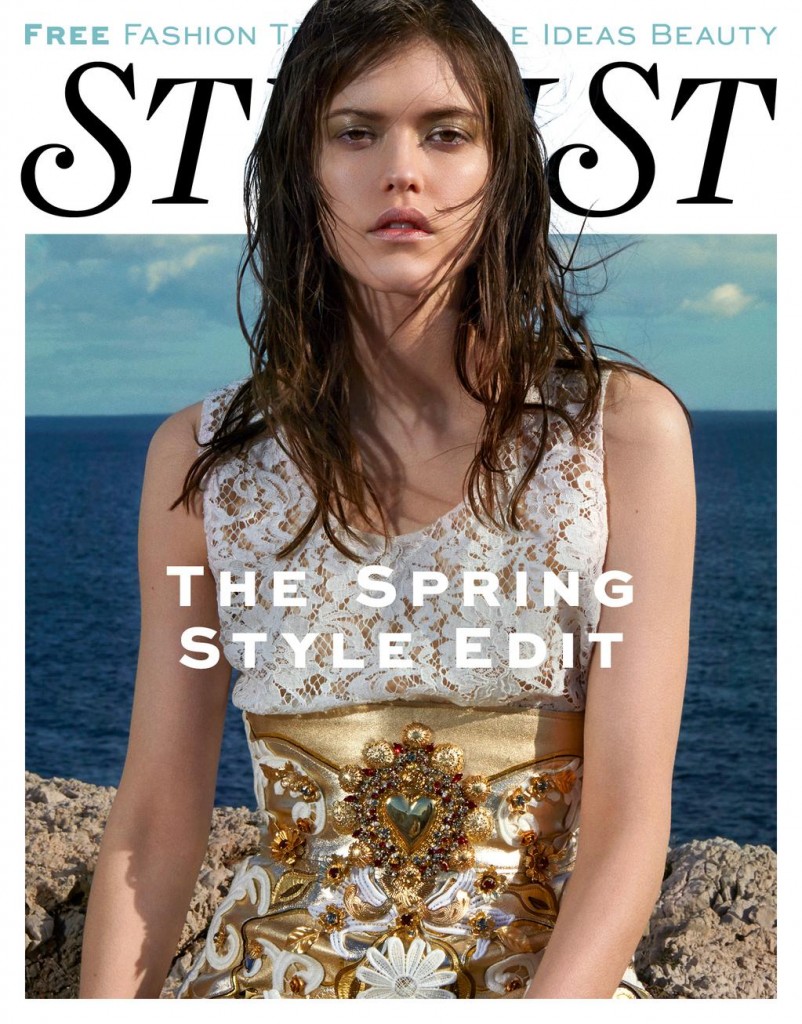[responsive] [/responsive]Question: How can a magazine bring in more than $15 million in one year without charging readers a dime?
[/responsive]Question: How can a magazine bring in more than $15 million in one year without charging readers a dime?
Answer: Give it away — but only to the right people.
When Stylist magazine launched in 2009, it was something of an oddity in the magazine industry.
“In the beginning, I thought our mode of distribution was weird,” said Aude Walker, the editor in chief, to William Van Meter of the New York Times. “‘O.K., you’re a woman with a rich and young vibe. Here, take a magazine.’ It’s such super-targeted distribution. We don’t give to guys in their 40s from the suburbs.”
Walker is talking about the magazine’s weekly distribution campaign.
“Every Thursday evening, attractive young men and women gather outside select Métro stations in Paris to hand out free copies of the fashion and beauty magazine Stylist to specific commuters,” Van Meter explains.
The experiment is working, with more than 400,000 issues being handed out each week (about 10 times the monthly circulation of Vogue Paris. Their success is based on the distinction between free and cheap.
“We use young photographers who work for the luxury fashion magazines and top models,” Ms. Walker said. “We had to start out at a very high level or it wouldn’t have worked. People would have thought it was trash because it was given out for free in the Métro.”
“For consumers, the boundaries between free and paying don’t exist,” said Pascale Marie, the syndicate director. “And herein lies the strength of Stylist: It’s something of quality on paper for the Internet generation who are used to getting media free, with the added human element of hands-on distribution.”
Calling their advertising “gangbuster” the magazine has no plans to charge for the magazine, and expects to expand into the United Arab Emirates in the fall.
The idea is expected to take off in the U.S. soon, Van Meter notes.
“Starting in April, 100,000 issues of TrendingNY, published by Hearst Magazines, will be passed out the first week of each month by teams at stations in neighborhoods like Williamsburg, Brooklyn, and the Lower East Side. A four-issue pilot version of the magazine was test-marketed last fall.”
As young people change the way they purchase and consume media, smart publishers adapt as well. And advertisers – especially for high end and lifestyle goods – continue to love print media.
